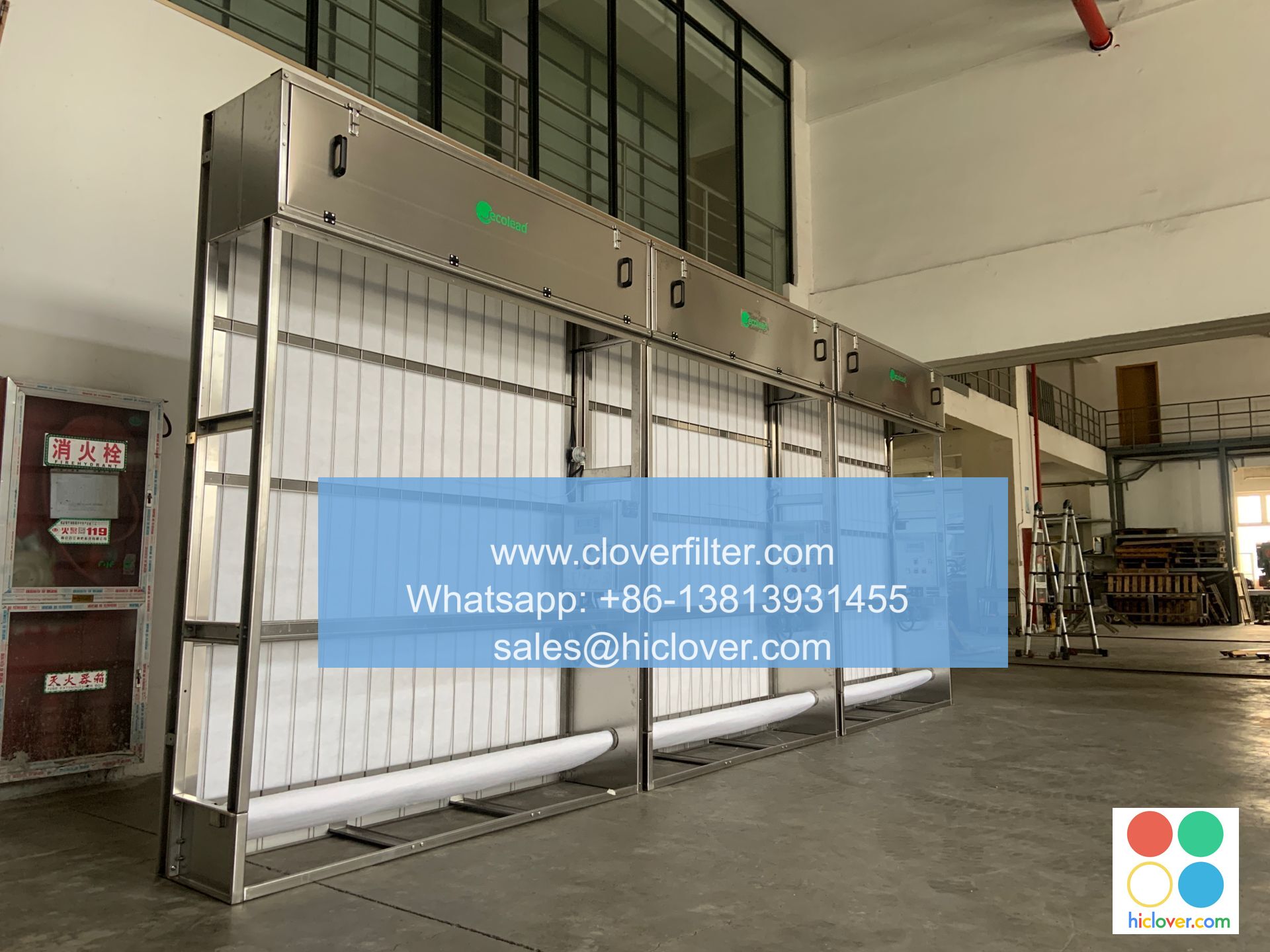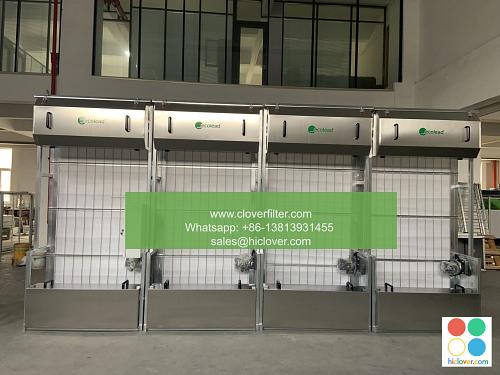Air Filter Pressure Drop: A Critical Factor in System Design for Commercial Kitchens

Air filter pressure drop is a crucial aspect of system design in commercial kitchens, as it directly affects the overall performance and efficiency of the ventilation system. Commercial kitchen ventilation systems are designed to remove heat, moisture, and indoor air pollutants from the kitchen, creating a safe and healthy environment for staff and customers. In this article, we will discuss the importance of air filter pressure drop in commercial kitchen system design and its impact on air quality management, energy efficiency, and kitchen ventilation system performance.
##
What is Air Filter Pressure Drop?
Air filter pressure drop refers to the pressure difference across an air filter, which is a measure of the resistance to airflow caused by the filter. It is an important factor in system design, as high pressure drop can lead to increased energy consumption, reduced airflow rates, and decreased filter life. Air filter pressure drop is typically measured in inches of water gauge (in.w.g.) or Pascals (Pa) and is influenced by factors such as filter type, filter size, airflow rate, and filter cleanliness.
##
Importance of Air Filter Pressure Drop in Commercial Kitchen System Design
In commercial kitchen system design, air filter pressure drop plays a critical role in ensuring the optimal performance of the ventilation system. A well-designed system with a low-pressure drop can provide several benefits, including:
* Improved indoor air quality by removing particulate matter, volatile organic compounds (VOCs), and other pollutants from the kitchen air
* Increased energy efficiency by reducing the energy consumption of the ventilation system
* Reduced maintenance costs by minimizing the frequency of filter replacements and cleaning schedules
* Enhanced kitchen ventilation system performance by maintaining optimal airflow rates and heat removal
##
Factors Affecting Air Filter Pressure Drop in Commercial Kitchens
Several factors can affect air filter pressure drop in commercial kitchens, including:
* Filter type and media: Different types of filters, such as pleated filters, bag filters, and HEPA filters, can have varying pressure drop characteristics
* Filter size and configuration: The size and configuration of the filter can impact pressure drop, with larger filters typically having lower pressure drop
* Airflow rate and velocity: Higher airflow rates and velocities can increase pressure drop across the filter
* Filter cleanliness and maintenance: Dirty or clogged filters can significantly increase pressure drop, highlighting the importance of regular filter cleaning and replacement
##
Application Areas and Industries
Air filter pressure drop is a critical factor in system design for various industries and application areas, including:
* Commercial kitchens and food service facilities
* Hospitals and healthcare facilities
* Industrial facilities and manufacturing plants
* Office buildings and commercial properties
* Data centers and IT facilities
##
Conclusion
In conclusion, air filter pressure drop is a vital aspect of system design in commercial kitchens, impacting air quality management, energy efficiency, and kitchen ventilation system performance. By understanding the factors that affect air filter pressure drop and selecting the appropriate filter type and size, commercial kitchen owners and operators can ensure optimal system performance, reduced energy consumption, and a healthy and safe kitchen environment. Regular filter maintenance and replacement are also crucial to minimizing pressure drop and ensuring the longevity of the ventilation system. It seems like you’re ready to start a conversation or ask a question, but you haven’t provided a specific topic or prompt yet. What’s on your mind? Would you like to discuss something in particular, ask for advice, or perhaps explore a new subject? I’m here to help and provide information on a wide range of topics. Please feel free to share more details about what you’re interested in, and I’ll do my best to assist you.

